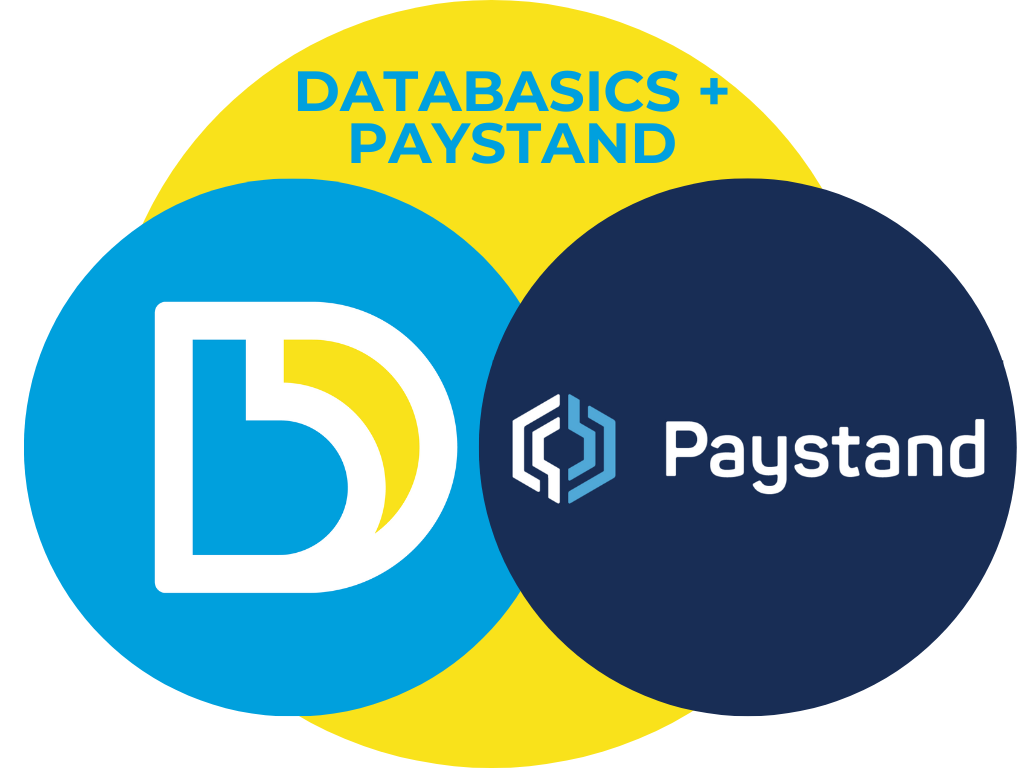Businesses need to capture accurate employee hours tracking to ensure operations run smoothly.
Accounting managers and professionals who perform timekeeping should understand the importance of precise shift start and end times. This accuracy means using well-defined systems for measuring and distributing workloads while offering methods for easing the burden of timekeeping.
Decision-makers should be aware of the best way to track employee hours to distribute work, maintain trust, and achieve better results.
Why Track Employee Hours?
Tracking employee hours gives managers insight into how to deploy their workforce to achieve their end goals. Documenting employee responsibilities, allocating hours, and defining success ensure that businesses stay on track.
For this reason, it’s essential to consider not only how much time employees are spending at work but also how much work they are actually doing. The best way to track employee hours is to take into account their specific needs and adjust labor allocation accordingly.
Improved Workloads
Considering employee hours ensures staff is not over or under-worked. Improved workloads mean more efficient operations and a greater capacity for worker productivity.
Strategic distribution of work across an organization provides better operational capabilities and reduces employee stress. This distribution will lead to higher quality work being done.
Better Time Management
Employees benefit from better time management capabilities. Tracking billable hours ensures efficient operations, saving time and money by putting employees where they need to be and keeping them happy by giving them adequate hours.
Making adjustments based on tracked metrics will help decision-makers define the areas that need improvement.
Greater Workplace Productivity
Organizations are better equipped to deal with growth by dynamically adjusting and allocating worker hours. Accounting managers and other professionals can track and assess employee hours to improve their organization’s capacity to do work. This management means more productive schedules with less burnout and a happier workforce.
How to Track Employee Hours
In the past, employers would generally use punch cards and other manual methods for keeping track of employee work. In the modern workforce, software has largely replaced traditional means of tracking employee hours.
This replacement has led to increased efficiencies and fewer mistakes, allowing organizations to adjust to increased demands without leaving their employees behind.
For accounting managers and other professionals who need to stay on top of expenses, it’s essential to understand how best to utilize the software to manage employee hours and workloads. This understanding leaves more time to improve operations and provide better service to clients.
Track Employee Hours Automatically with Software
Manual tracking can be time-consuming and prone to errors. Software-based timekeeping tools allow accounting managers and professionals to track employee hours automatically.
If you’re looking for ways to increase the efficiency of your workforce, automated timekeeping tools are easy to use and provide built-in templates. This software helps you prevent accidental timekeeping mistakes and provides a means for easily tracking and managing employees, saving you time and energy.
Select Software that Easily Integrates with Other Applications
When selecting employee hours tracking software, decision-makers need to consider how well it works with other essential programs and applications that they already rely on.
If you’re deploying timekeeping software for your business, consider whether it provides integration with pre-existing solutions. By choosing software that fits your current model, you will have less disruption to operations. This approach means that you can track employee hours better with less hassle.
Determine Whether Hourly Pay or Salaried Pay Is Best for Your Company
The type and amount of pay that employees receive should depend on the type of work that they do.
While hourly pay can give you more flexibility in employee hours tracking and defining workloads, salaried workers will be much more responsive and loyal, offering a better solution for long-term projects.
Maintain Employees’ Trust
It’s essential to maintain trust while doing employee hours tracking. Although employers need to monitor employees to track performance and measure productivity, this can lead to decreased trust and a lack of organizational loyalty.
One suggestion is for employers to measure work done based on the number of tasks completed and goals achieved rather than the number of hours worked. This approach will improve trust and build a better work culture.
However, if it’s a requirement that hours need to be tracked, implementing a system that makes it easy to clock in and out with the click of a button on their desktop (or on an app on their phone) provides a better experience for employees. This also encourages them to avoid the procrastination that many other time tracking solutions invite if the method of time tracking is difficult or time-consuming.
Track Employee Hours for Better Results
Small business owners, new business owners, owners of fast-growing businesses, and people who work in accounting departments can all benefit from a happy, loyal, and productive workforce.
Understanding the responsibility of doing expense management means creating better ways for tracking employee hours and actively trying to improve the efficiency of the process.
You can create workloads with adaptable timeframes that improve workplace productivity by considering the best way to track employee hours. This approach means better results for accounting managers and professionals from firms of all sizes.


